Mangalore, July 30: Common Effluent Treatment Plant (CETP), a joint undertaking of the Fishmeal and Oil Manufactures Association (FOMA) was inaugurated by A S Sadashiviah, Chairman, Karnataka State Pollution Control Board (KSPCB) at Kotepura Ullal near here on Sunday.
Speaking on the occasion Mr Sadashiviah commended the work of FOMA and said that only Mangalore has a CETP apart from Bangalore and Doddaballapur.
The plant can process 400 Kilo-litres of waste water per day and considerably reduce the pollution caused by the effluents of these factories, he said.
Coastal eco-system is very sensitive and necessary pre-cautions should be taken to prevent oil spills, he pointed out adding that the Government has taken several steps to reduce pollution near the sea.
Commenting on the Municipal Solid waste Management of the town, he opined that there needs to be a more scientific approach in waste management. It is not wise to dump solid waste of cities in rural areas, he said.
Mangalore daily garbage, with a scientific approach can produce up to 10-13 MHz of energy, he noted.
He said that production of electricity from waste is successfully practiced in Salem and Pune. There is also an initiative to bring similar units in all major cities.
“E-waste poses a great threat for environment today as it is poisonous. We should adopt recycling techniques to prevent it”, he observed.
Unless we contribute to reducing pollution we cannot give a good environment children and grand-children, he said.
U T Khader, MLA, Mangalore, Shawkath Showry, President, FOMA, Chandrahas Ullal, local BJP leader, and Vijaykumar, Board Member, KSPCB were among the dignitaries present during the occasion.

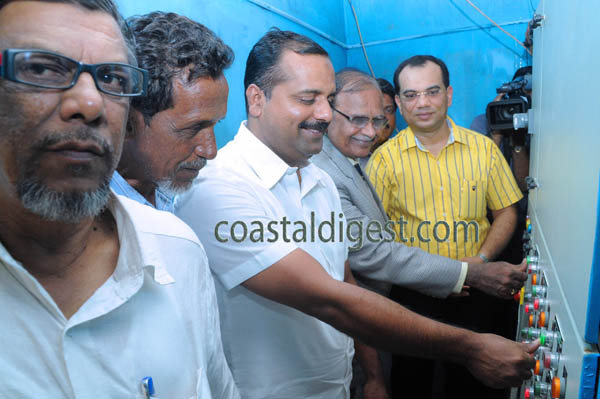
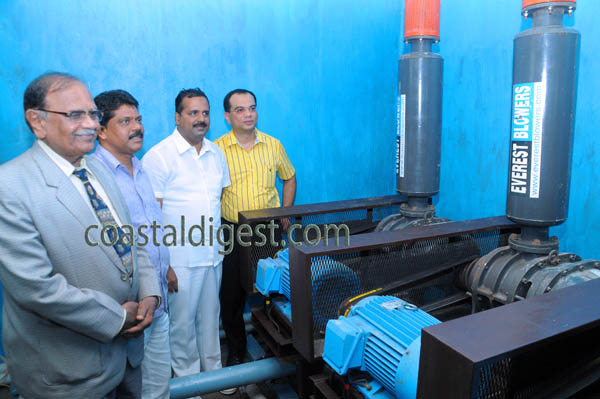
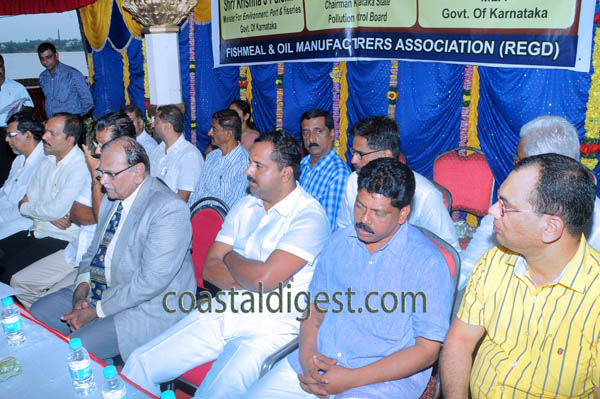
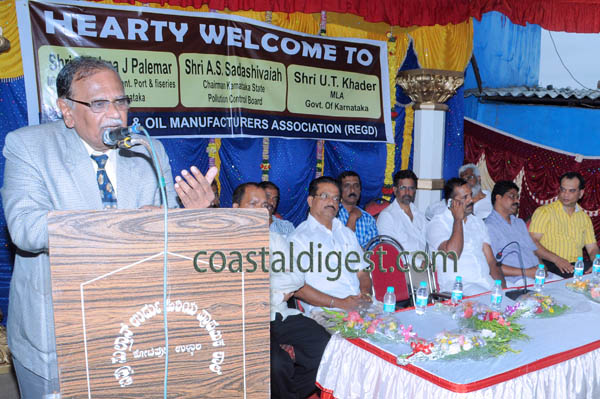
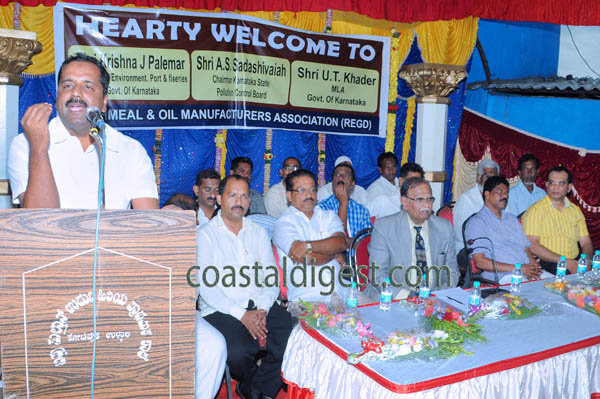

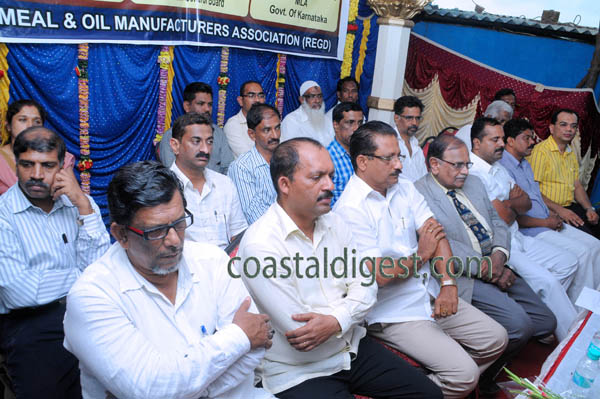

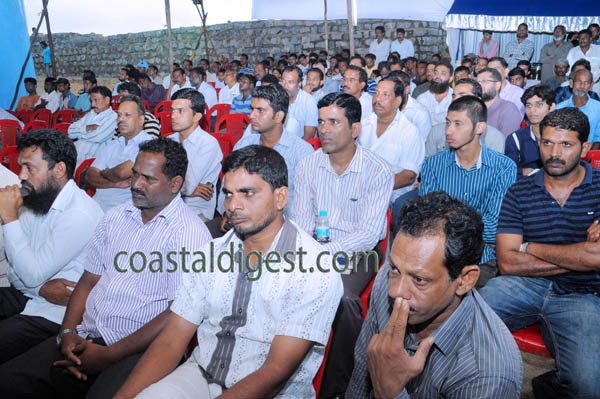
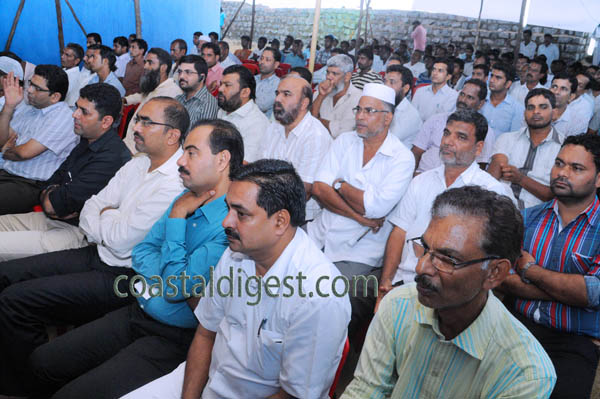
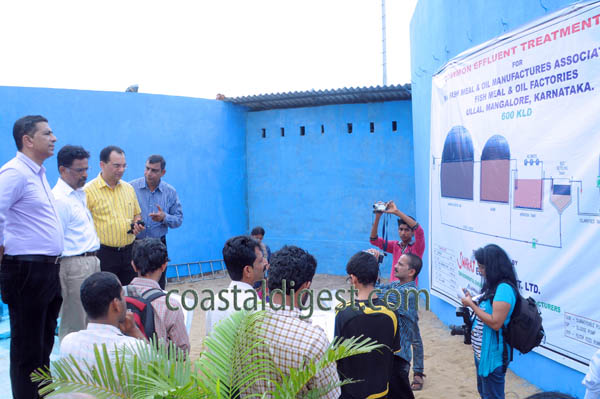







Comments
Add new comment